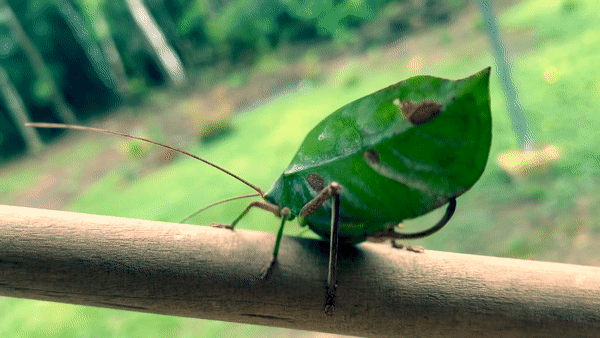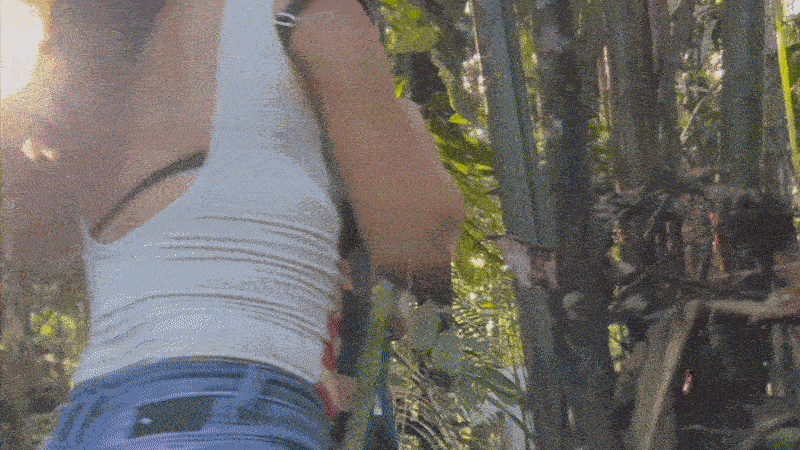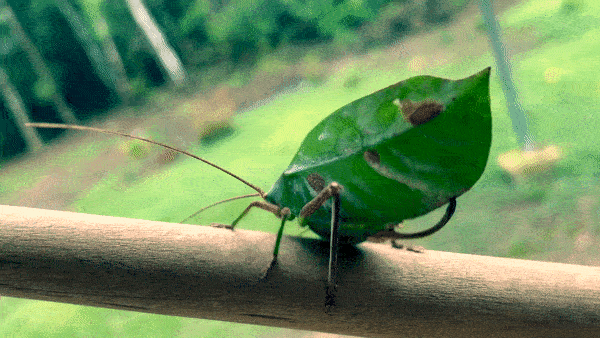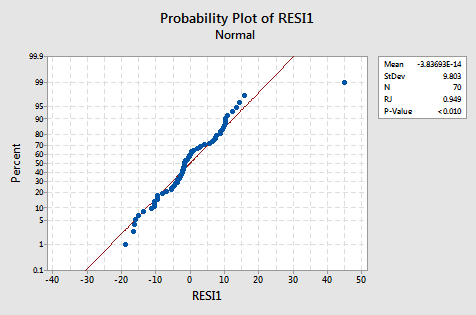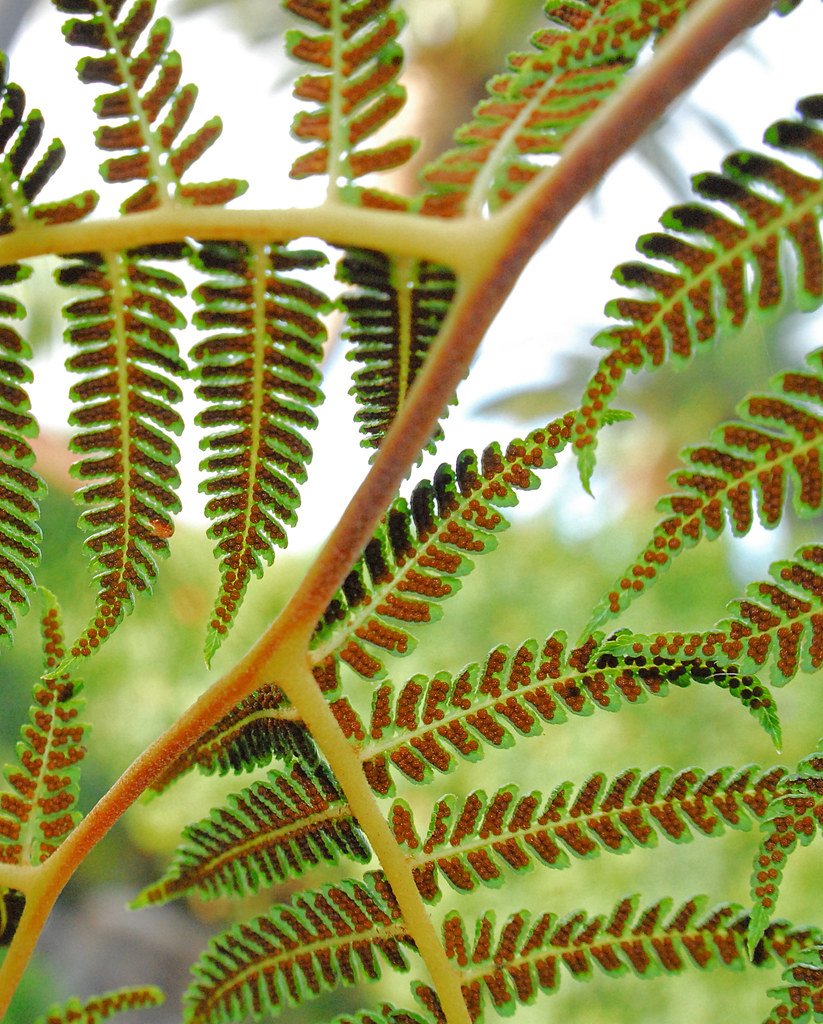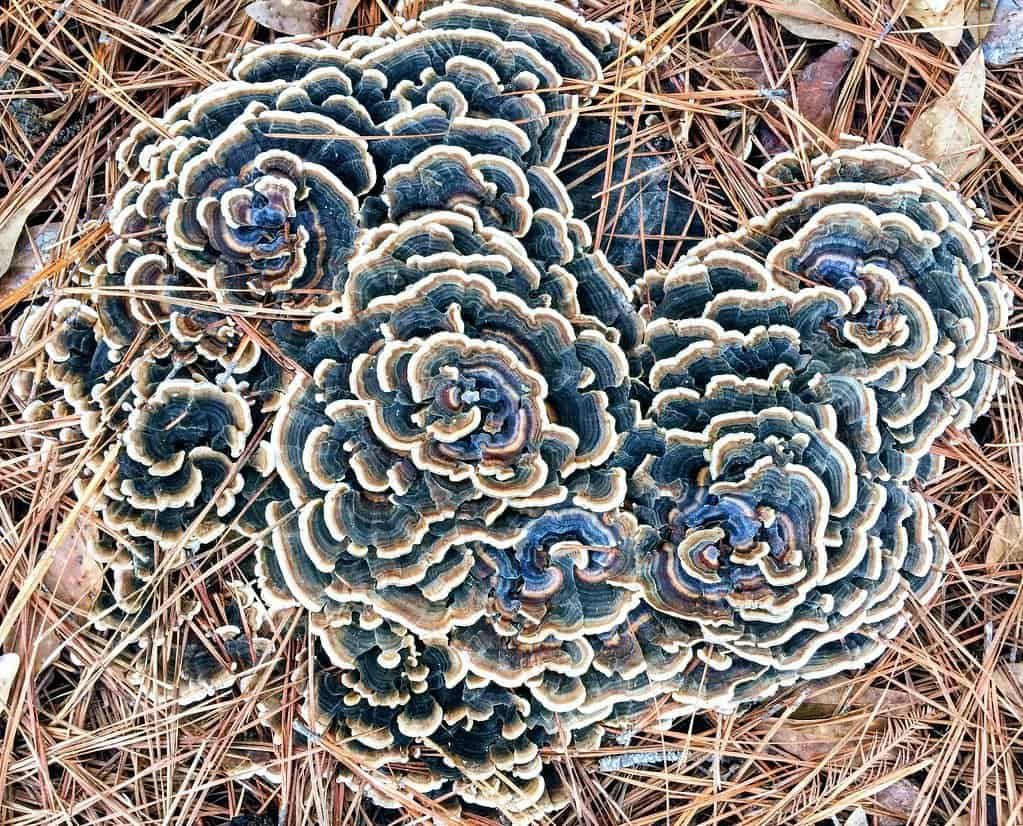Climate science
#jhonysjaguar
Our species is racing to solve a dynamic problem as we control and adjust to the effects of industrustrialization and technology.
Planetary ecology is more than just carbon. While carbon credits are undeniably useful, we have to extend markets to full ecosystems, and understand Nature’s role and intelligence in balancing elements.
Biodiversity credits from sentinal, rare, endangered, or umbrella species may be a better metric for intact ecosystems. Biodiversity credits from sentinal, rare, endangered, or umbrella species may be a better metric for intact ecosystems.
Six co-benefits
The Ecological Benefits Framework
Savimbo has been super busy working on the next generation of climate credits. Climate credits based on emerging science and technology that can provide holistic ecological benefits and transparently prove evidence-based results. So let’s talk about the shared language of how these credits are defined and why.
Equity ↗
-
Equity means that all stakeholders have been included fairly in revenue carbon markets. Unfortunately, many carbon projects have systematically excluded Indigenous and local guardians because of language, scientific, and land-rights barriers or continued extractive economics through action or inaction.
-
Equity is very simple to measure. How much revenue from your carbon credit up to the time of final sale/retirement goes to locals, and how does it get to them? Are they paid in advance or years later? Did you practice FPIC (free, prior, and informed consent) and was it ongoing or a one-time event?
Soil ↗
-
Trees and algae aren’t the only way to store carbon. In fact, healthy organic material in soil not only contributes to biodiversity and plant life, but also stores carbon in organic and inorganic pools.
-
The soil carbon of primary forests is very poorly characterized and usually estimated from above-ground-biomass alone. We are working with a novel sensor company to use electrophysiology to measure the inorganic and organic soil in our farms and reforestation plots to quantify flux at laboratory standards.
Carbon ↗
-
Like it or not, carbon has become a massive global issue. How much is in the air, how much we emitted, and how much we removed. It’s not a complete metric, but it is a good proxy metric for our industrial activities.
-
Not all carbon is easy to measure. In fact, our science on the topic is still awfully subjective, or merely overly simplified. But there are real inroads being made in measuring soil carbon flux and standardizing forest measurements from satellite and LiDAR data.
Water ↗
-
Carbon is not the only element on earth that is wildly out of whack. Nitrogen, phosphorus, and industrial pollutants in the waterways affect human, plant, and animal health just as strongly. Desertification and topsoil erosion are going to affect our children’s children’s ability to farm previously fertile land. Monitoring the synergistic effects of conserved forests on water cycles is a positive feedback loop.
-
Savimbo has a very simple metric for how we protect waterways. Our Putamyao project is in the Colombian Amazon at the headwaters of this important water cycle. We measure every waterway that can be seen from satellite within primary forest and issue one water credit per 100M. We also monitor dragonfly sightings near these streams to show intact insect populations which is a proxy metric for water quality.
Biodiversity ↗
-
Just taking a carbon slice through an ecosystem — does not show you its full integrity. Biodiversity from sentinel species is a fantastic proxy metric for a degraded vs intact forest. But biodiversity also has value, and one could argue legal rights, in and of itself. We’re not the only species on the planet, nor can our species hope to survive without diverse symbiosis.
-
We’re bullish on the need for simplified metrics for biodiversity. The ecosystems we work in are wildly biodiverse and very poorly characterized. We believe that transparent proof of sentinal, rare, umbrella, and endangered species is a simplified and better scientific metric of biodiversity in dense jungles.
Air ↗
-
Air quality in carbon credits is normally only characterized in relation to C02, but there are many other indicators of air health, including insect biodiversity and reduction in pesticides due to regenerative farming practices.
-
Savimbo has two important impacts on air. We promote organic farming of agrobiodiversity crops and help farmers certify internationally - reducing pesticide use. We also monitor dragonflies on our farms as sentinel species for insect health. Tropical forests have some of the densest insect biodiversity on earth. We believe insects are some of the coolest things we see when working in the jungle.
We’re scientists
Savimbo was founded by scientists — Western and Indigenous experts with years of training in botanicals, medicine, biology, animal behavior, silviculture, biogeochemistry, academic research, and technology. We are dead serious about making a real, concrete difference today, not hundreds of years from now, when it’s too late. We’re more than proud to prove to the world that we did it. We stop deforestation now — the smart, kind, and equitable way. Our impact extends globally as we reverse-engineer the external forces that seemed insurmountable to us when we were children. We believe that if you are reading this, if you have arrived here, then you also, have the power, and the responsibility, to act with us.
EVIDENCE-BASED ACTION
We’re learning
We don’t have it all figured out — and we wouldn’t trust anyone who said they did. We’re doing the best we can, with what we have and getting better at it every day. We wish we could look to another generation, an authority figure, a government or a school that could help us with the problems we have — but we can’t. We have one planet, one planet-wide globalization and industrialization problem, and we can never return to the ancient ways of life that previously protected it’s balance. The only way out is forward and we are going to go there as fast as we can because there are too many people, and species that rely on our success. We are perfectly positioned to solve the relationship between nature, and civilization, and we will.
ITERATIVE CHANGE
CLIMATE SCIENCE
Chaos & complexity theory
PARADIGM
Climate science has a paradigm problem, and it’s a doozy. In fact, it explains why everyone is so mad about carbon metrics all the time.
LINEAR
The problem is, our best science is done when data is linear, when things correlate neatly.
NON-LINEAR
When it’s not exactly a 1:1 relationship, then our science might seem to fit, but then it turns out our models aren’t very predictive.
FRACTAL
Sigh, it would be so great if curvy data were our only problem in climate. The reality is nature has some pretty complex patterns, called fractal patterns, which are a common property of complex systems.
COMPLEXITY
Complex systems have a lot of other properties, for instance, they are dynamic, and you can’t know everything about them. They are really dependent on what happened before, and resistant to big changes while easily disrupted by small ones. Sound familiar?
DAMN!
Climate scientists continue to evaluate highly complex systems and data relativity. There is a pattern, but it’s quite complicated. When you map the data, it looks more like this…
YELLING
So that’s why everyone always gets mad about climate science. We’re still trying to put a line down somewhere. And there is a pattern, it’s just still a lot smarter than we are. But we do have tools for working with complex systems.
BUTTERFLIES
Well in our case, its mostly dragonflies. But yes. You can disrupt a climate system with a very small input, better known as the butterfly effect. It works if you know how to do it, and we do. So that’s what Savimbo does. Very small changes, very simple metrics, and all for a very good reason.❤️


